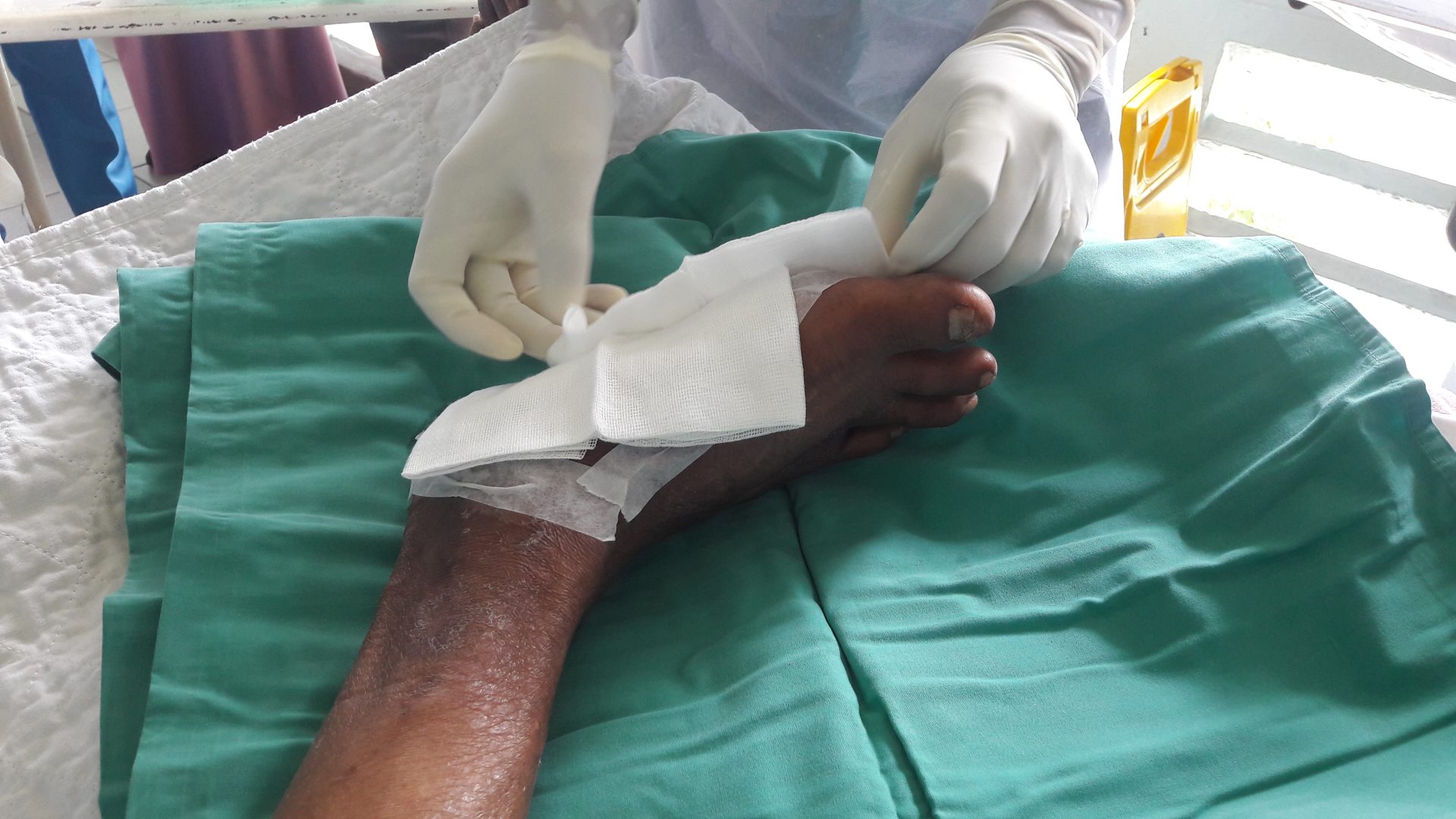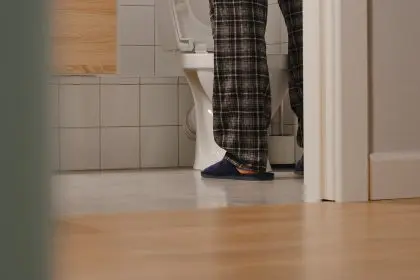Medical professionals across the globe are rediscovering an ancient healing practice that predates modern antibiotics by thousands of years. Maggot therapy, also known as larval debridement therapy, involves placing specially bred fly larvae directly onto wounds that refuse to heal through conventional treatment methods.
This unconventional approach has gained significant traction in recent years as healthcare providers witness results that often surpass traditional surgical interventions. The therapy utilizes sterile, laboratory-raised maggots that consume dead tissue while leaving healthy flesh untouched, creating an environment conducive to natural healing.
How medical maggots work their healing magic
The healing process begins when medical-grade maggots are applied to problem wounds under sterile conditions. These specially bred larvae possess unique biological properties that make them ideal wound cleaners. They secrete powerful enzymes that break down dead and infected tissue, effectively performing what medical professionals call debridement.
Unlike surgical instruments that may accidentally damage healthy tissue, maggots instinctively avoid living cells. Their feeding behavior targets only necrotic material, creating a precise cleaning action that human hands cannot replicate. This selective consumption removes harmful bacteria and promotes blood flow to the affected area.
The larvae also produce antimicrobial substances that fight infection more effectively than many pharmaceutical options. These natural compounds create an alkaline environment within the wound, making it inhospitable to harmful bacteria while encouraging beneficial healing processes.
Conditions that respond best to maggot treatment
Diabetic foot ulcers represent one of the most common applications for maggot therapy. These wounds often resist traditional healing methods due to poor circulation and compromised immune function. Patients with diabetes frequently face amputation when conventional treatments fail, making maggot therapy a valuable alternative.
Pressure sores, also called bedsores, respond particularly well to larval treatment. These wounds develop in bedridden patients and can become life-threatening if left untreated. The maggots’ ability to clean infected tissue while stimulating blood flow makes them ideal for addressing these challenging wounds.
Venous leg ulcers, which affect millions of people worldwide, often benefit from maggot intervention. These chronic wounds typically develop due to poor circulation in the lower extremities and can persist for months or years without proper treatment.
Burns that have become infected or show signs of tissue death also respond favorably to maggot therapy. The larvae’s precise debridement action removes damaged tissue while preserving viable skin, often reducing the need for extensive skin grafts.
Treatment process and patient experience
The application of medical maggots follows strict protocols to ensure patient safety and treatment effectiveness. Healthcare providers first assess the wound to determine if maggot therapy is appropriate. The treatment area is thoroughly cleaned and prepared before the sterile larvae are introduced.
Patients typically receive between 5 and 10 maggots per square centimeter of wound surface. The larvae are contained within special dressings that allow them to work while preventing escape. Treatment sessions usually last 48 to 72 hours, during which the maggots consume dead tissue and grow larger.
Many patients report minimal discomfort during treatment, describing sensations ranging from mild tickling to slight pressure. Pain levels often decrease as the maggots remove infected tissue that was causing inflammation and discomfort.
The healing process becomes visible within days as healthy pink tissue emerges where dead material once existed. Wound edges begin to close, and new blood vessels form to supply the healing area with nutrients and oxygen.
Advantages over conventional surgical methods
Speed of healing represents one of the most significant advantages of maggot therapy. Wounds that have resisted healing for months often show dramatic improvement within weeks of larval treatment. This rapid progress can prevent more invasive procedures and reduce overall treatment costs.
The precision of maggot debridement surpasses what surgical instruments can achieve. While surgeons must carefully balance removing dead tissue with preserving healthy material, maggots automatically make this distinction. This natural selectivity reduces the risk of complications and promotes faster recovery.
Infection control through maggot therapy often proves superior to antibiotic treatments. The larvae’s antimicrobial secretions work continuously throughout the treatment period, providing sustained protection against harmful bacteria. This constant action helps prevent the development of antibiotic-resistant infections.
Cost considerations also favor maggot therapy in many cases. The treatment requires fewer hospital visits and reduces the need for expensive surgical procedures. Patients can often receive care on an outpatient basis, eliminating lengthy hospital stays.
Safety considerations and treatment limitations
Medical maggots undergo rigorous laboratory breeding to ensure they are free from harmful pathogens. These sterile larvae are raised in controlled environments and tested before use in clinical settings. The breeding process eliminates the risk of disease transmission that might occur with naturally occurring maggots.
Certain medical conditions may prevent the use of maggot therapy. Patients with severe bleeding disorders or those taking blood-thinning medications may not be suitable candidates. Individuals with compromised immune systems require careful evaluation before treatment begins.
Some wounds may not respond well to maggot therapy. Fresh surgical wounds or those with active bleeding typically require alternative treatment approaches. The therapy works best on wounds with significant amounts of dead tissue that need removal.
Patient acceptance sometimes presents challenges, as cultural or psychological factors may create resistance to the treatment. Healthcare providers must carefully explain the process and benefits to help patients overcome initial concerns.
Growing acceptance in mainstream medicine
Medical schools now include maggot therapy in their curriculum, recognizing its legitimate place in modern wound care. This educational shift helps new healthcare providers understand when and how to implement larval treatment effectively.
Insurance coverage for maggot therapy has expanded as evidence of its effectiveness accumulates. Many healthcare plans now recognize the treatment as a cost-effective alternative to more expensive surgical procedures.
The development of standardized treatment protocols has increased confidence in maggot therapy among healthcare providers. These guidelines help ensure consistent results and improve patient outcomes across different medical settings.
Research into the biological mechanisms of maggot healing continues to reveal new applications for the therapy. Scientists are discovering additional compounds produced by the larvae that may have broader medical applications beyond wound care.
The integration of ancient wisdom with modern medical practices represents a growing trend in healthcare. Maggot therapy exemplifies how traditional healing methods can find new relevance in contemporary medicine, offering hope to patients who have exhausted conventional treatment options.
















